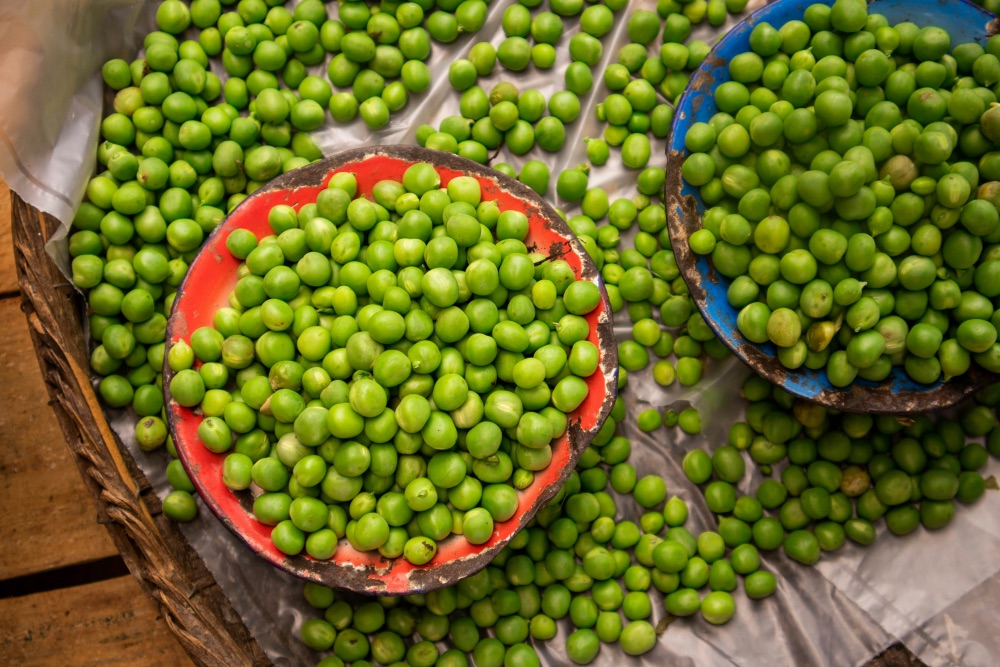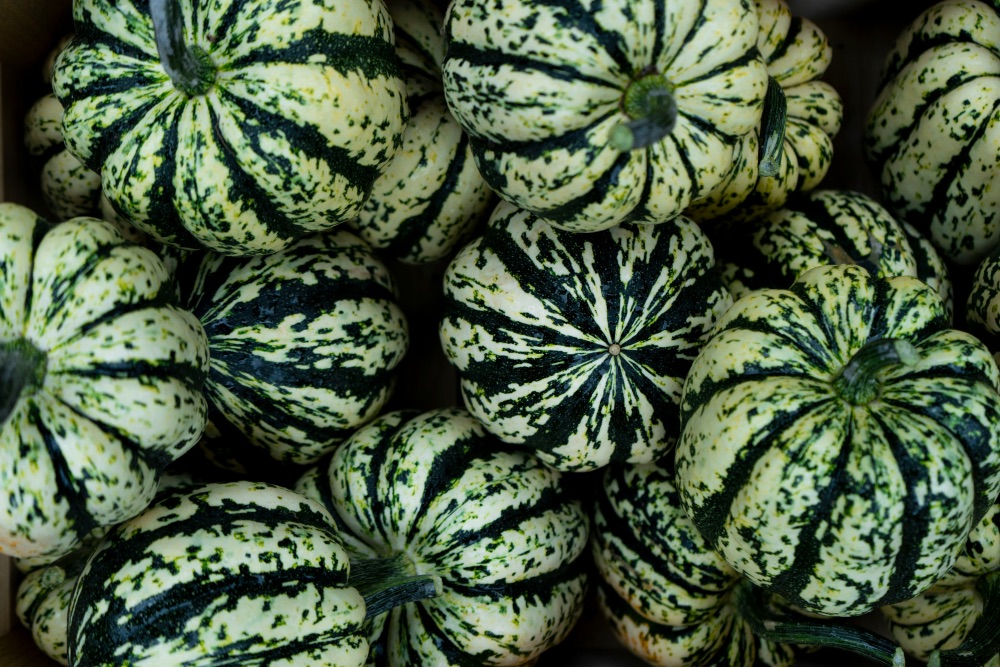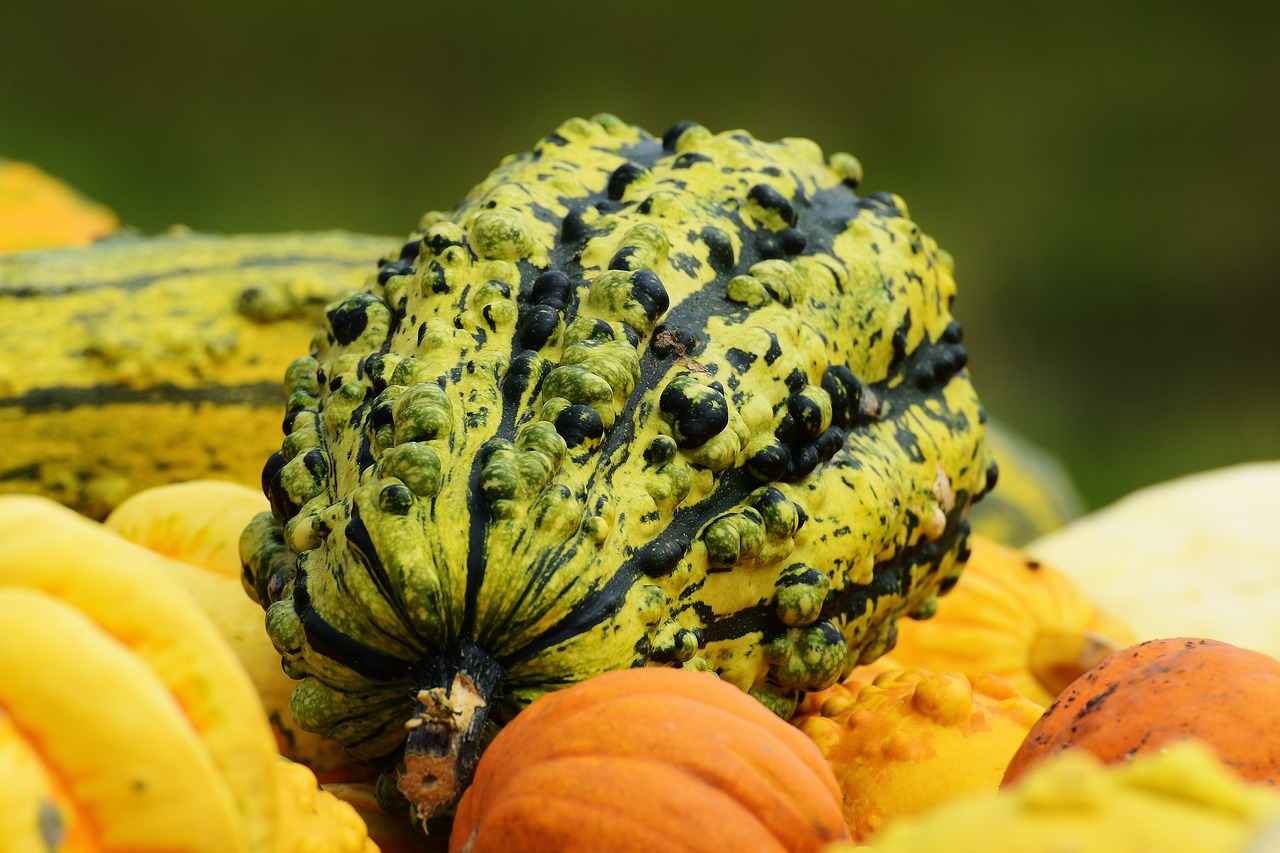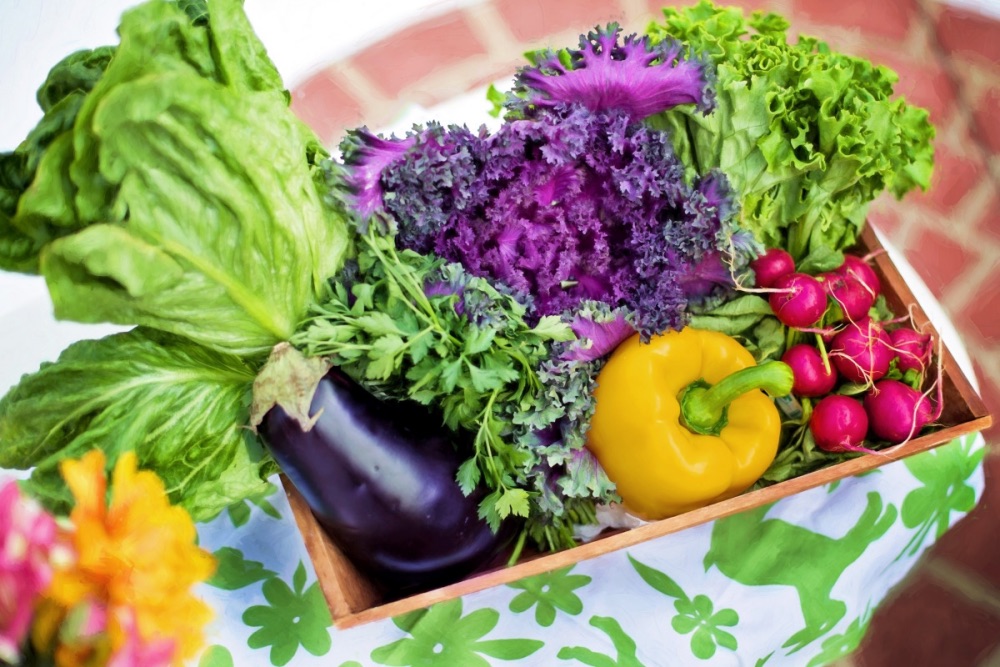Thanks to their high nutrient density and low-calorie profiles, green vegetables are almost universally touted as essential to a balanced diet. However, recent research reveals that not all green veggies are equal, especially for those watching their blood sugar. Specifically, peas and pumpkin—two seemingly harmless choices—have been found to cause unexpected blood sugar spikes in some individuals.
This article delves into the scientific findings, offering insights into how these vegetables impact blood sugar and what it means for people managing glucose levels.

The Glycemic Impact of Peas and Pumpkin: What the Research Shows
A study published in the American Journal of Clinical Nutrition examined the glycemic index (GI) and glycemic load (GL) of various vegetables, including peas and pumpkin. While low-GI foods typically result in gradual blood sugar increases, peas and pumpkin were found to fall in the moderate to high GI range.
For example, while green peas have a GI of around 51, certain pumpkin varieties can have a GI as high as 75. By comparison, low-GI foods typically fall under 55, indicating that these vegetables can cause more rapid glucose absorption than other greens.
A related study in Diabetes Care highlighted how high-GI foods lead to swift digestion and glucose release, potentially impacting insulin levels, especially in people with type 2 diabetes or insulin resistance. Given the nature of these findings, it’s clear that people who rely on these vegetables as “safe” options may need to be cautious.

Why Do Peas Spike Blood Sugar?
Peas are unique among green vegetables because they contain a relatively high amount of carbohydrates, particularly in the form of natural sugars like sucrose and maltose.
According to the Journal of Nutrition, peas contain about 14 grams of carbohydrates per cup, a high proportion of which are fast-digesting carbs. Although they also provide fiber, which can slow down glucose absorption, the balance between sugars and fiber in peas can still lead to a spike in blood sugar, especially when consumed in large quantities.
Additionally, peas are rich in starch, which breaks down into glucose during digestion. Individuals with insulin resistance or diabetes may find their bodies less capable of regulating these sugars efficiently, resulting in a blood sugar spike that’s higher than expected.

What About the Health Benefits of Peas?
Despite their impact on blood sugar, peas still offer numerous health benefits. They are a great source of plant-based protein, fiber, and antioxidants, and provide essential vitamins and minerals like vitamin K, vitamin C, and manganese.
However, for people monitoring their blood sugar, portion control is critical. Consuming smaller amounts or pairing peas with foods high in protein and healthy fats, like chicken or avocados, can help moderate their glycemic impact.

Pumpkin: A Hidden Blood Sugar Booster
Pumpkin, though often prepared as a savory vegetable, is technically a fruit and behaves differently in terms of glucose impact. The GI of pumpkin can vary by variety and preparation method.
For instance, roasted or mashed pumpkin has a high GI, largely due to the breakdown of its complex carbohydrates into simpler sugars through cooking.
Research from The Journal of Food Science and Technology indicates that pumpkin’s high water and fiber content naturally balance its carbs. Still, when cooked, the fiber structure breaks down, making the sugars more accessible for digestion.
The type of pumpkin also matters. While small, dense pumpkin varieties (often called “sugar pumpkins”) have a moderate glycemic impact, larger varieties like Jack-o’-Lantern pumpkins tend to have a higher sugar content and GI.
For those looking to control blood sugar, opting for whole, less-processed forms of pumpkin may be best.

The Nutritional Upside of Pumpkin
While pumpkin can increase blood glucose levels, it is also rich in beneficial nutrients like beta-carotene, vitamin A, and potassium. Beta-carotene is an antioxidant that supports eye health and boosts immunity.
However, for individuals with diabetes or those watching their blood sugar, it’s advisable to enjoy pumpkin in moderation or combine it with high-protein and high-fiber foods to slow down sugar absorption.
Practical Tips for Managing Blood Sugar with Peas and Pumpkin
For people managing diabetes, pre-diabetes, or general blood sugar levels, making informed dietary choices is essential. Here are some strategies to minimize the blood sugar impact of peas and pumpkin:
- Pair with Protein and Fiber-Rich Foods: Combining peas or pumpkin with protein-rich foods like lean meats or high-fiber vegetables can slow digestion and help prevent rapid glucose absorption.
- Opt for Small Portions: Both peas and pumpkin can be enjoyed in moderation. Try limiting portion sizes to half a cup or less, especially if you’re combining them with other starchy foods in a meal.
- Consider Preparation Methods: Cooking methods can influence the glycemic impact of these foods. For example, roasting or mashing pumpkin can increase its GI, so consuming it in whole or steamed form may be a better option for those watching their blood sugar.
- Monitor Blood Sugar Response: Since blood sugar responses can vary, individuals with diabetes or insulin sensitivity may benefit from monitoring their glucose after consuming these vegetables to understand their unique response.
The Bottom Line
Green vegetables like peas and pumpkin are packed with nutrients and offer several health benefits, but recent studies show that they can also cause an unexpected rise in blood sugar levels. This revelation underscores the need for a nuanced approach to dietary recommendations, especially for people managing glucose levels.
The key lies in portion control, pairing with other foods to moderate the glycemic response, and being mindful of preparation methods. While peas and pumpkin can still be part of a balanced diet, understanding their impact can help individuals make better choices for long-term health.
Research continues to uncover the complex relationship between specific foods and blood sugar. In the meantime, staying informed can help individuals maximize their health benefits while managing their blood glucose effectively.







